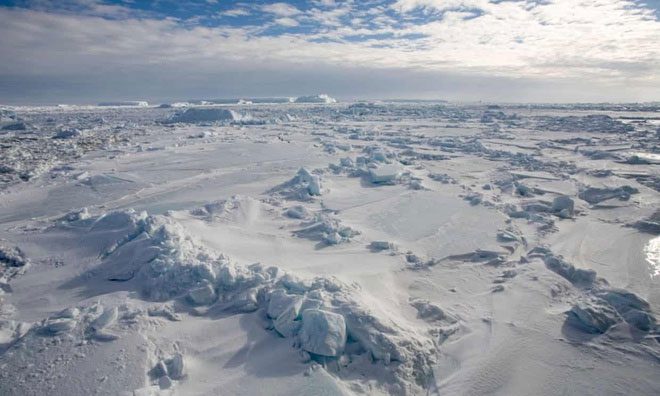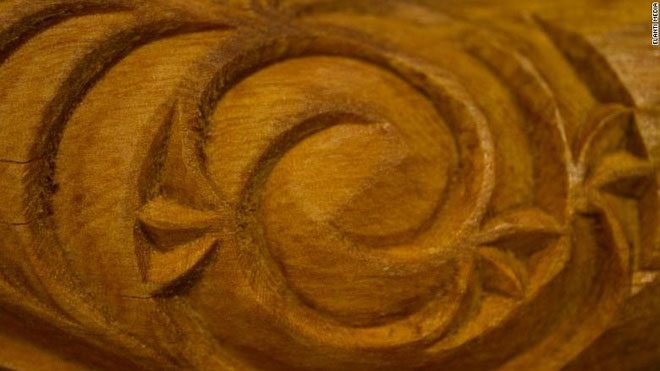A new study suggests that the Māori people, the indigenous population of New Zealand, may have been the first to explore the waters surrounding Antarctica and its distant continents.
A recent study from the University of Otago, which combined literature and oral history, concluded that the Māori, the indigenous people of Aotearoa New Zealand, could have been the first to explore the seas around Antarctica and the distant continental regions, according to The Guardian.
Scientists indicate that journeys by the Māori and Polynesian peoples to the far southern regions occurred over a long period, approximately from the 7th century. This is documented in numerous oral stories.

A new study suggests that the Māori may have discovered Antarctica in the 7th century. (Image: The Guardian).
According to the oral histories of the Māori tribal groups Ngāti Rārua and Te Āti Awa, the first person to set foot on Antarctica was the explorer Hui Te Rangiora.
“The Polynesian stories about inter-island voyages include Hui Te Rangiora’s journey into the Antarctic waters with his crew aboard the vessel Te Ivi o Atea, which may have occurred in the early 7th century,” the researchers noted.
They named the ocean in Antarctica Te tai-uka-a-pia – the frozen ocean. The term “pia” refers to the taro plant, which, when scraped, resembles snow.
Records of the oral history of the Polynesians from 1899 uniquely describe the journey to Antarctica: “Strange seas. Demons dwell in the great waves, the waves curling in the water and on the surface. The pia sea is frozen. Sea creatures dive into great depths. That land is only fog, mist, and darkness. The sun cannot be seen there. Other things resemble rocks. The peaks of the rocks pierce the sky. This land is barren and devoid of vegetation.”
SP Smith, who documented the oral history, stated that these stories describe kelp in the Southern Ocean, marine mammals, and drifting icebergs.

Māori carvings traditionally depict knowledge of navigation and astronomy. (Image: CNN).
Researchers state that Māori sailor Te Atu is often described as the first Māori, and also the first New Zealander, to reach the Antarctic coast in 1840. His voyage aboard the Vincennes along the Antarctic coast mapped out miles of the Antarctic shoreline as part of the U.S. Pacific exploration (1838-1842).
Meanwhile, the Russian explorers Fabian Gottlieb von Bellingshausen and Mikhail Lazarev are considered the first explorers to discover the Antarctic continent. In 1820, they reached the Fimbul Ice Shelf.
“We recognize the connection between Antarctica and its surrounding seas has existed since ancient traditional voyages. Research on minority groups, specifically the Māori, plays a crucial role in contemporary and future Antarctic research programs,” said project leader Dr. Priscilla Wehi.
The study has been published in the journal of the Royal Society of New Zealand.





















































